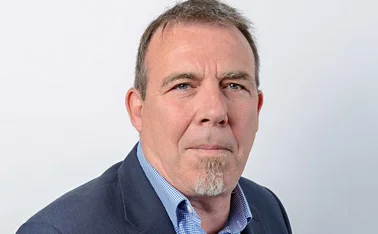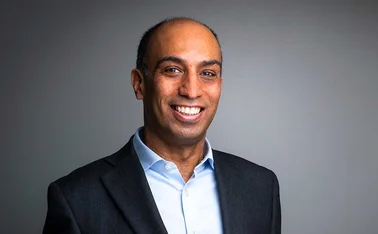
Some economics of commercial market hardening
 Now, as you may have guessed from my previous ramblings I'm no economist. And even I realise that reading too much into two sets of data this month could be dangerous but they really have got me thinking about the old chestnut that is commercial market hardening.
Now, as you may have guessed from my previous ramblings I'm no economist. And even I realise that reading too much into two sets of data this month could be dangerous but they really have got me thinking about the old chestnut that is commercial market hardening.
Firstly there was the news that the insolvency rate has started to increase again in the UK. I'm not quite sure how the figures are produced, but there were 36 "insurance" insolvencies in July 2011 which represented a 140% increase over July 2010.
For those who have lost their jobs it is clearly bad news and all brokers should be concerned by the overall increase in insolvency rates. Only businesses with more than 500 employees saw an improvement in their insolvency rate.
Not to labour the point, but if as a broker you are targeting SME business the pool is getting smaller. Every category, be it micro business such as 1-2 employees or at the larger end with 11-25 or 26-50 employees, saw more companies going out of business than this time last year.
You don't need me to tell you it is a tough market and getting tougher.
Combined operating ratios
Which brings me on to insurers and their combined operating ratios.
To pick a couple at random Ageas this week said its insurance COR was 100.5% for the first six months of 2011, an improvement on the first half of 2010 when it delivered 106.5%. And at the start of the month Aviva revealed a 96% COR, an improvement of 2% compared to the first half of 2010.
No names no pack drill, but I never quite understand why insurers often also put out a statement saying their COR 'would have been better without escape of water claims after the freeze' or 'the COR would have been 90% without the flood'.
I support Ipswich Town. We would have beaten Peterborough 1-0 if it wasn't for the 7 (seven) goals we let in.
Leaving that aside, if there is one phrase that is being repeated by insurers more than ever to us in the press, particularly in results season, it is "underwriting for profit".
To be fair to insurers their numbers show they are working hard to live up to their word. But in a market with insolvencies on the up it is difficult to see how much further they can push it.
Only users who have a paid subscription or are part of a corporate subscription are able to print or copy content.
To access these options, along with all other subscription benefits, please contact info@insuranceage.co.uk.
You are currently unable to print this content. Please contact info@insuranceage.co.uk to find out more.
You are currently unable to copy this content. Please contact info@insuranceage.co.uk to find out more.
Copyright Infopro Digital Limited. All rights reserved.
As outlined in our terms and conditions, https://www.infopro-digital.com/terms-and-conditions/subscriptions/ (point 2.4), printing is limited to a single copy.
If you would like to purchase additional rights please email info@insuranceage.co.uk
Copyright Infopro Digital Limited. All rights reserved.
You may share this content using our article tools. As outlined in our terms and conditions, https://www.infopro-digital.com/terms-and-conditions/subscriptions/ (clause 2.4), an Authorised User may only make one copy of the materials for their own personal use. You must also comply with the restrictions in clause 2.5.
If you would like to purchase additional rights please email info@insuranceage.co.uk







